
Crossover-treated patients demonstrated clinically meaningful and statistically significant improvements in functional outcomes despite being older at the time of treatment.

Crossover-treated patients demonstrated clinically meaningful and statistically significant improvements in functional outcomes despite being older at the time of treatment.
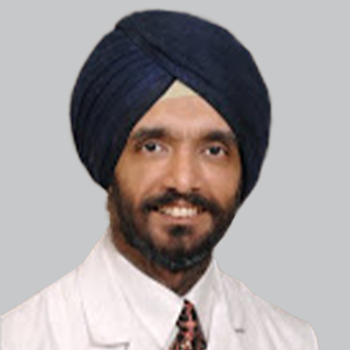
Kiranpal Singh Sangha, PharmD, clinical pharmacy specialist and adjunct assistant professor of pharmacy at The University of Cincinnati, talked about the vital role of clinical pharmacists in neurology, specifically in multiple sclerosis care.

Treatment with foralumab, an anti-CD3 monoclonal antibody, led to the discovery of several biomarkers known to be associated with antigen presentation, interferon responses, and other regulatory immune mechanisms.
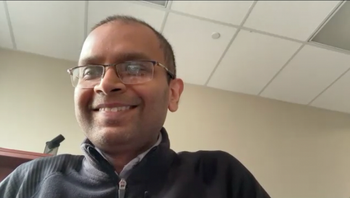
The medical director of the Arkansas Children’s Comprehensive Epilepsy Program discussed the complications associated with neurostimulation in patients with LGS and strategies to mitigate these issues. [WATCH TIME: 2 minutes]

Here's some of what is coming soon to NeurologyLive® this week.
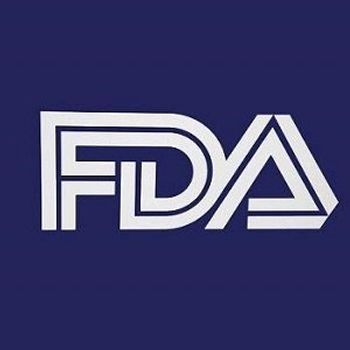
Once-monthly maintenance dosing with LEQEMBI offers convenience for patients and caregivers while slowing Alzheimer disease progression and prolonging therapy benefits after plaque clearance.

Pediatric epilepsy specialists Adam Numis, MD, and Laura Kirkpatrick, MD, highlighted efforts to standardize data collection for pediatric epilepsy health equity and improve neonatal epilepsy outcomes.

Recent findings from an analysis showed that sodium oxybate significantly reduced narcolepsy symptoms, including cataplexy and excessive daytime sleepiness, among patients with the sleep disorder.

Test your neurology knowledge with NeurologyLive®'s weekly quiz series, featuring questions on a variety of clinical and historical neurology topics. This week's topic is on neuromyelitis optica spectrum disorder.
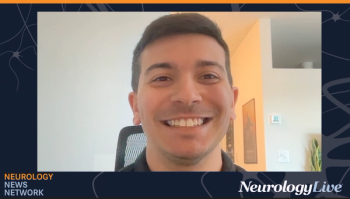
Neurology News Network. for the week ending January 25, 2025. [WATCH TIME: 4 minutes]

OnabotulinumtoxinA injections are safe and well-tolerated in children and adolescents, with no patients reporting severe adverse events across all published studies and common adverse events predominantly comprising minor injection-site reactions.

Take 5 minutes to catch up on NeurologyLive®'s highlights from the week ending January 24, 2024.
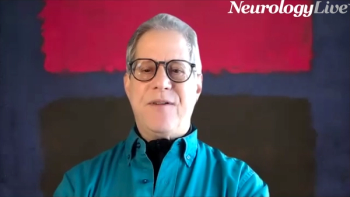
The chief executive officer and cofounder of Amprion discussed the integration process of a novel a-synuclein seed amplification assay used to distinguish seeds from Lewy bodies and glilal cytoplasmic inclusions. [WATCH TIME: 2 minutes]
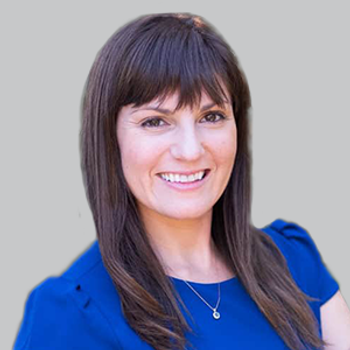
In a recent survey, key factors associated with perceived support included knowing someone who had the same diagnosis of their sleep disorder, younger age, and marital status.
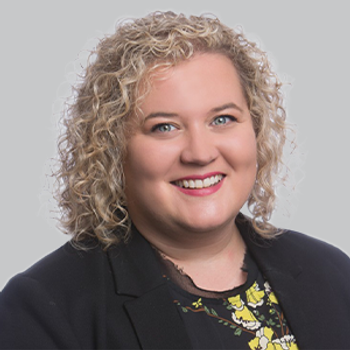
Jessica Nickrand, PhD, and Allyson Eyermann from the Child Neurology Foundation emphasized the importance of multidisciplinary collaboration for children with epilepsy and their families.

Mind Moments®, a podcast from NeurologyLive®, brings you an exclusive interview with Depobam Samanta, MD, MS, FAAP, FAES. [LISTEN TIME: 25 minutes]

In the phase 2/3 DEVOTE study, a higher dose of nusinersen met its primary end point at 6 months, achieving a statistically significant improvement in motor function among treatment-naïve symptomatic infants with SMA.

The medical director of the Arkansas Children’s Comprehensive Epilepsy Program provided commentary on patient selection and personalized treatment approaches when using neuromodulation devices for Lennox-Gastaut syndrome. [WATCH TIME: 3 minutes]
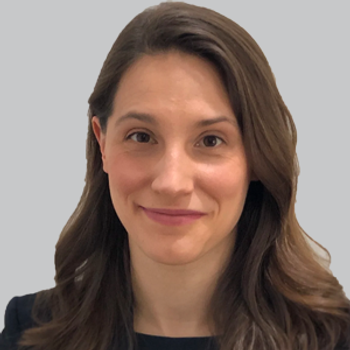
Leah Blank, MD, an assistant professor of neurology, population health, science, and policy at the Icahn School of Medicine provided commentary on some of the experience and positive movement from the 2024 American Epilepsy Society Annual Meeting.
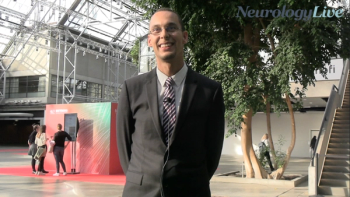
At ECTRIMS 2024, the postdoctoral research assistant at Charité University Berlin discussed how the updated diagnostic criteria aim to address gaps in diagnosing and treating overlapping autoimmune conditions. [WATCH TIME: 4 minutes]

Between patients treated with anti-CGRP targeting treatments and onabotulinumtoxinA, there were no increased risk of composite CVD events, hypertensive crisis, peripheral revascularization, or Raynaud phenomenon.
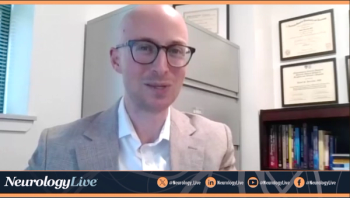
The neurointensivist and assistant professor of neurology at Boston Medical Center provided insight on a 2024 paper that defined consensus entrustable professional activities for neurocritical care advanced practice providers. [WATCH TIME: 5 minutes]
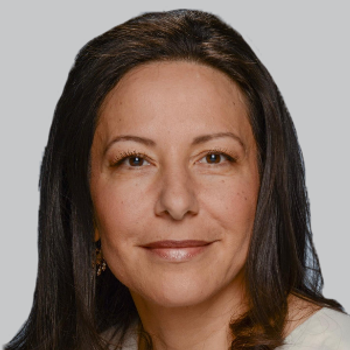
The PoNSTEP study demonstrated significant gait improvement with PoNS Therapy, showing a mean DGI increase of 5.0 at week 14, adherence-related gains during Phase 2, and sustained benefits for most participants six months post-treatment.
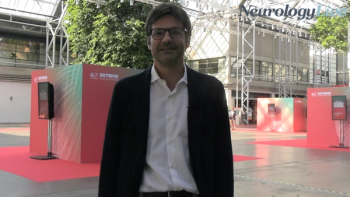
The professor of neurology at University of Florence talked about how early intervention, broader assessment tools, and personalized approaches are essential for effectively managing multiple sclerosis. [WATCH TIME: 4 minutes]

Take a look at some of the most-anticipated FDA pending approvals expected in 2025 that researchers and clinicians in neurology should keep an eye out on.

The professor of neurology at NYU Grossman School of Medicine talked about using responsive neurostimulators to seek shortened drug evaluation timelines and enhance epilepsy treatment.

The study highlighted tofersen's potential to slow ALS progression in patients with SOD1 mutations, showing reduced neurofilament levels, functional stabilization, and improved muscle strength, despite mild to moderate adverse events.

Robert Rothrock, MD, a spinal neurosurgeon at Baptist Health Miami Neuroscience Institute, provided commentary on key topics in spine health amid the 2025 Baptist Health Spine Symposium.
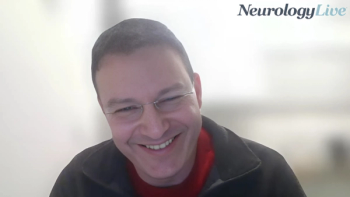
The assistant professor at The Hebrew University of Jerusalem School of Pharmacy discussed how the brain microbiome may contribute to Alzheimer through interactions with immune responses and proteins. [WATCH TIME: 5 minutes]
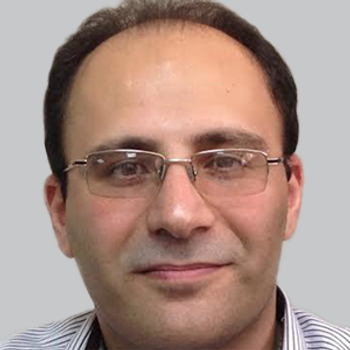
A 51-year-old patient with neuromyelitis optica spectrum disorder and hemorrhagic longitudinally extensive transverse myelitis presented a challenging case.